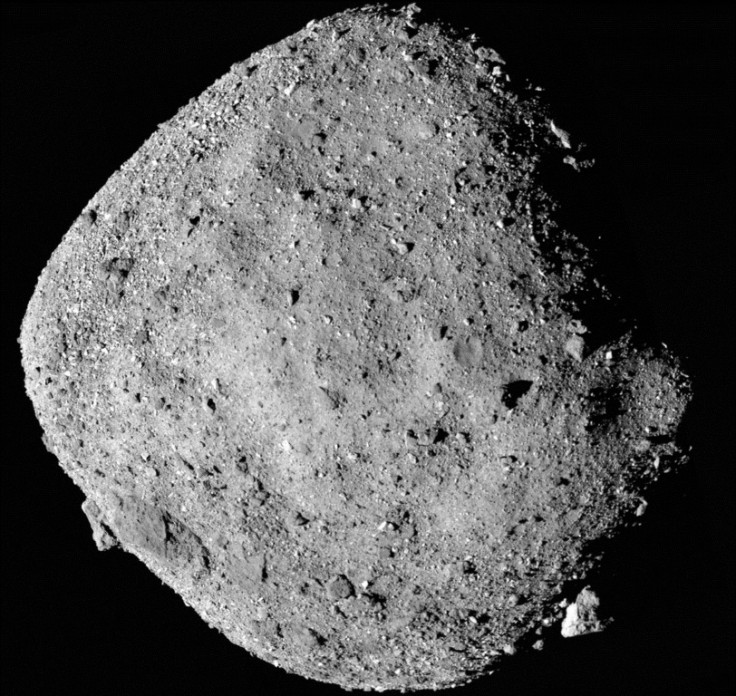Asteroid as tall as Empire State Building set to fly safely past Earth on August 4
The asteroid is predicted to come Thursday within around 3.2 million miles of Earth in its own orbit around the sun.
A giant asteroid, which could measure more than 1,200 feet across—as tall as the Empire State Building — is set to zoom past Earth on Thursday at 1:23 a.m. BST., according to the National Aeronautics and Space Administration (NASA).
Figures from NASA's Center for Near Earth Object Studies (CNEOS) database showed that the space rock, named 2022 OE2, will closely approach our planet this week.
The asteroid is forecasted to arrive within 3.2 million miles of Earth and enter into its orbit around the sun on Thursday.
Asteroids are considered minor planets of the solar system, according to Space.com. They are dark in appearance and are made of clay and silicate rocks. They orbit the sun and are much smaller than planets.
CNEOS revealed that 2022 OE2 would be travelling at an impressive speed of nearly 115,800 kilometres per hour. This is about one-third as fast as a bolt of lightning and 40 times faster than a bullet.
NASA has classified this asteroid as "potentially hazardous" as its orbit comes within 7.4 million metres of Earth's cycle around the sun. The size of potentially hazardous celestial bodies indicates that there is a possibility of significant damage on at least a regional scale if a collision with Earth should occur.
The lack of data presents a possibility of 2022 OE2's unpredictability since this is the first time the asteroid has been observed to approach Earth closely. But, since its projected path is around 13 times the average distance between the Earth and the moon, scientists said there is no threat of collision between Earth and 2022 OE2.
Asteroid 2022 OE2 is only of the over 29,000 near-Earth objects (NEOs) that scientists have located thus far. NEO is a term used to record all astronomical bodies that pass within 30 million miles of Earth's orbit.
CNEOS manager Paul Chodas stated none of the identified potentially hazardous NEOs have any chance of colliding with Earth over the next century.























